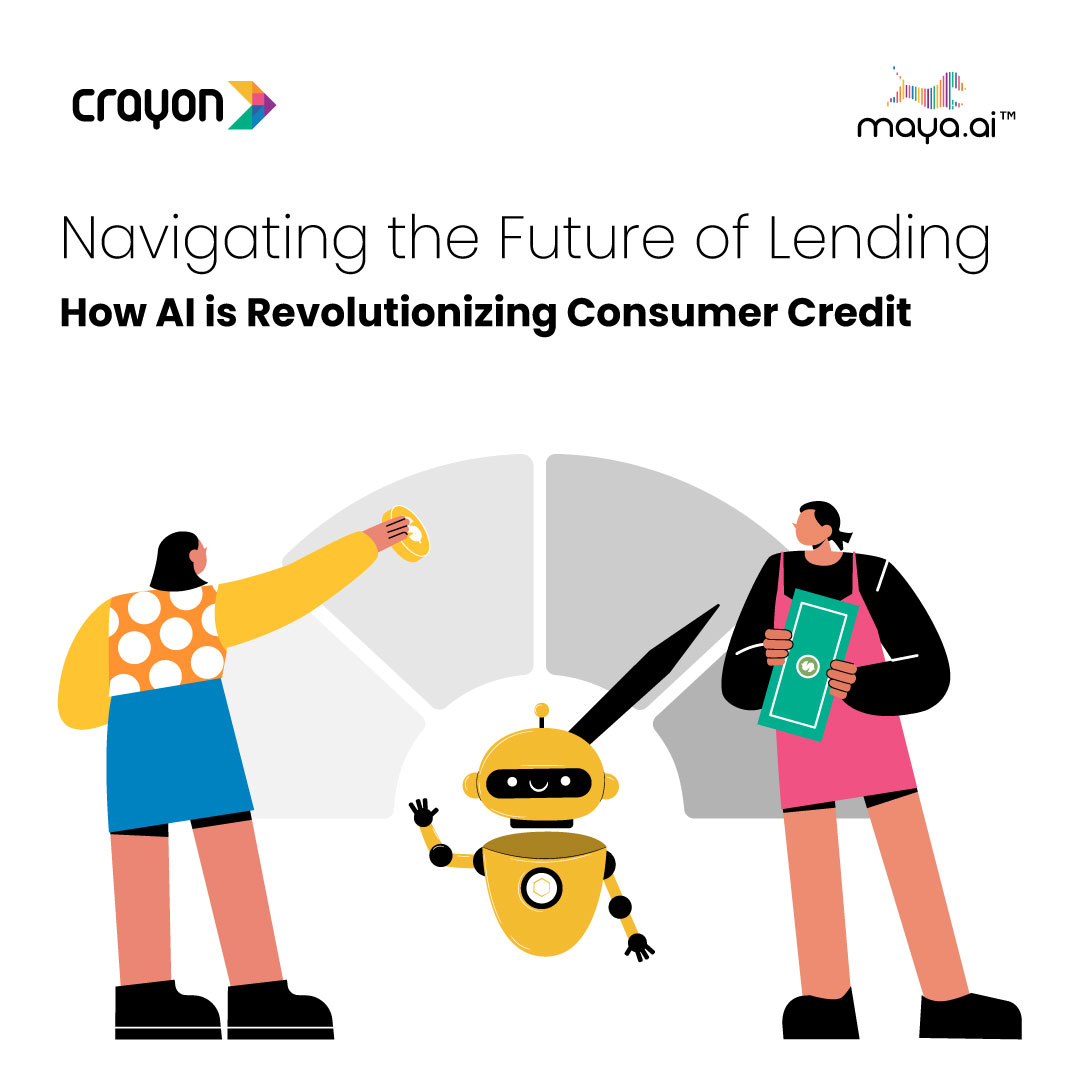Role of Artificial Intelligence in Email Marketing Strategy
Artificial Intelligence has opened doors that we had never even anticipated. It is the overarching term used for several technologies but it usually refers to making computers act like humans. When used right, it can take your marketing to the next level and make people look forward to hearing from you. It is interesting to know that 30% of B2B companies all over the world will be using AI in at least one of the sales processes in the year 2020.
AI is no different for email marketing. It helps to create content that resonates with people and caters to their individual needs.
Before moving on to its role and applications in email marketing, let’s discuss how it works.
How Does AI Work?
AI is a computer’s way of using a given set of data for effective performance of a particular function with trial and error. It works with the help of three Ds, namely:
i. Detect
AI can recognize the attributes or elements that are the most predictive and determine the ones you can consider and ones you must ignore.
ii. Deliberate
AI can assess the attributes that are most predictive, based on which it can make a recommendation or ask a question.
iii. Develop
By programming and reprogramming itself, AI matures with every iteration. It can modify the data and evaluate it according to the information or results obtained through experimentation.
With that said, we shall now move on to the applications of AI in email marketing.
Role of AI in Email Marketing
1. Segmentation
Once you have an organically built email list, you can segment the subscribers based on basic parameters like geographic location and demographics. AI can take this tactic to the next level by recognizing consistent purchase patterns and subscriber behaviors, obtained with the help of web forms, CRM systems, and other information provided by the customer. It will enable dynamic email segmentation with more detailed information, thereby paving new avenues for “personalization”.
2. Personalization
It is important to realize that there is a human at the other end of the email. With the help of AI, you can create tailor-made emails that do not look too robotic. AI helps you to assess the behavior of your subscribers and generate data-driven insights. For example: Platforms like Netflix can generate information about the kind of shows the user is watching and send relevant, hyper-personalized email based on those details.
Here’s an example from Netflix that shares the recently added shows that the user (Zach) might like, according to his watch list.
3. Subject Line Optimization
There are several tools that use the power of AI to suggest compelling email subject lines that would bring better open rates and in turn higher click-through rate. Phrasee is one such tool that works on this principle. It uses three different AI applications, enlisted below.
a. Natural Language Generation
Through this application, Phrasee generates naturally sounding and grammatically correct language that perfectly matches the business model and brand voice of the client.
b. Natural Language Processing or Sentiment Analysis
This principle takes into consideration the salient emotions like urgency, friendliness, and inquisitiveness that come into play when we talk about marketing response. With the help of this, they can extract the concealed sentiments in unstructured language data. After quantifying the semantic components of a subject line, it can then come to a conclusion.
c. Machine Learning or Performance Prediction
Like the name suggests, this tool will predict how the subject line will perform, before you deploy the email.
4. Optimization of the send time
Optimizing the send time is of utmost importance as it allows you to send the email at the right time, when the subscriber is most likely to take action. AI has made this possible with its predictive analytics model that takes into account the subscriber’s past email interactions and behaviors. According to this information, you can deploy the emails at a time when they are most likely to get the subscriber’s attention.
5. Recommendations of the right products
If you send relevant product and service recommendations, you stand a better chance at building customer loyalty and improving engagement. With the help of AI, you can keep a close eye on the level of interest, purchase patterns, and online activity which will help you send personalized product recommendations to the subscribers in real-time. By doing so, you can eliminate manual intervention of hand-picking products for the subscribers or sending wrong products or offers.
6. Email Retargeting
How many times have you cribbed about cart abandonment and wondered what to do about it? Umpteen times, right? Well, AI allows you to retarget these cart abandoners and get them to complete the purchase. You may ask – How? Let me explain. It is quite natural that some subscribers might respond to your cart abandonment email sent as soon as they abandoned the cart. Others might take a week to make up their mind. It all depends on your sales cycle and industry. AI helps you to differentiate between these subscribers and send the retargeting emails at the right time, thereby helping you recover the customers.
If you are in the ecommerce industry, Commerce Cloud Einstein is a tool that can send tailor-made recommendations to your customers by automated processes. Through this, you can visualize the customer interaction and analyze the interactions to send hyper-personalized emails that would bring more conversions.
7. Better Channel Optimization
Often, it so happens that your subscribers would not respond to an email but to a push notification or text message or perhaps Facebook messenger. With the help of AI, you can scrutinize the user’s habits, preferences, and past and predicted behaviors. Based on these details, you can then send the message through the appropriate channel.
8. Automated Testing
Previously used as a two-dimensional tactic, A/B testing is now an omnichannel, hyper-targeting model that lets you test a number of variables in different combinations. Bandit testing is used to determine the kind of traffic you would observe on the options. Once it notices that one variant is winning, bandit testing will increase the traffic to that variant in an attempt to generate statistical significance faster. In case the variant emerges as the winner, it will bring you incremental revenue as well.
Wrapping Up
With AI, email marketers have been able to reduce their time as well as efforts. No wonder, AI is the most critical aspect of data strategy for 61% marketers. You only need to strategize the perfect combination of AI-driven marketing and the best practices with regular optimization, and you will yield the best results.
Are you using AI in your email marketing? If not, now is the right time. (Did I mention, it is believed to bring $14 trillion of additional revenue and 38% increase in profitability by 2035?)




